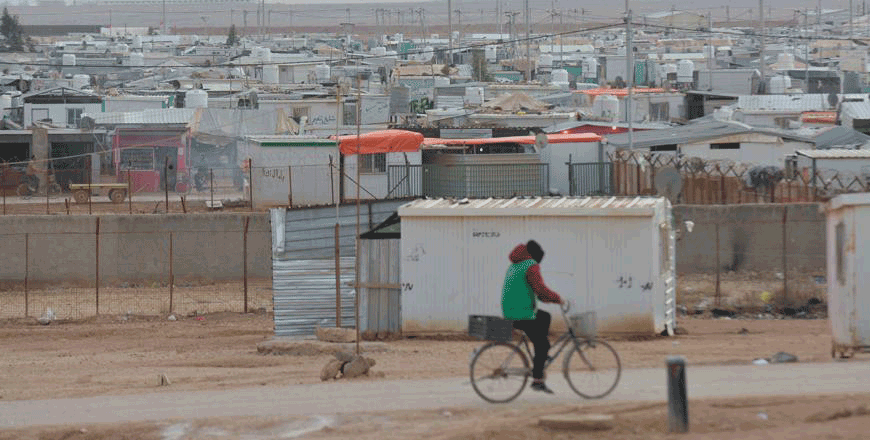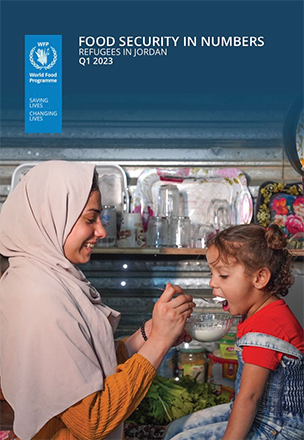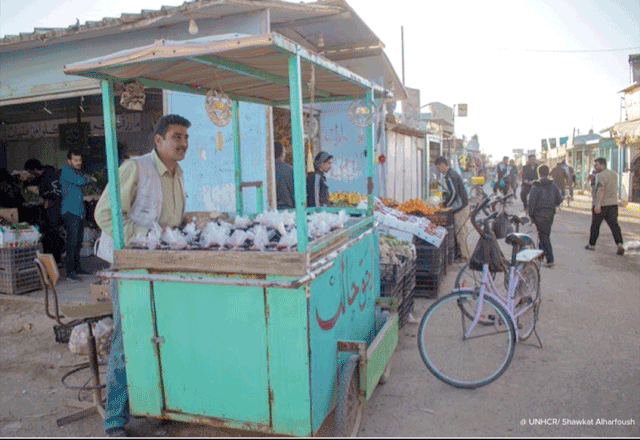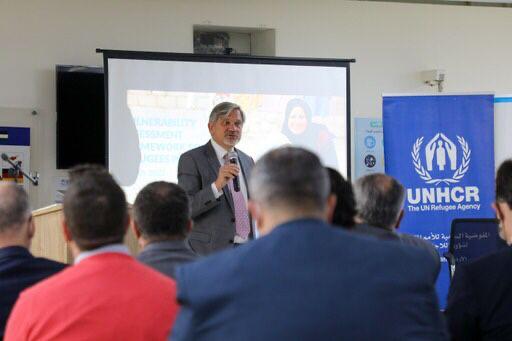You are here
Report gauges food poverty among refugees in Jordan
By Rana Tayseer - Mar 15,2023 - Last updated at Mar 15,2023

A view of the Zaatari camp for Syrian refugees, some 90km northeast of Amman (JT file photo)
AMMAN — The food poverty line, a common state for camp and out-of-camp refugees in Jordan, is estimated at JD17 per capita per day. This figure indicates that 16 per cent of in-camp refugees and 45 per cent of refugees living outside of camps are considered food poor, according to a report by UNHCR Jordan and the World Bank.
The report, titled Poverty Measurement for Refugees in Jordan, describes the method of computing the consumption aggregate and measuring poverty among refugees in Jordan using the 2021 Vulnerability Assessment Framework (VAF) Population Survey. It is the first attempt to measure poverty using a standard consumption module for refugee populations in the MENA region, the report said.
The absolute poverty line for both camp and out-of-camp refugees after estimating the in-kind benefits that refugees living in camps receive — such as shelter, water, and electricity — is JD81, the report said.
Using this poverty line, the headcount poverty rate for all refugees in Jordan is 57 per cent, the headcount poverty for refugees living outside camps is 60 per cent, and for refugees living in camps, it is 45 per cent.
Using the $5.5 international poverty line, the poverty rates for all refugees in Jordan is 66 per cent, the poverty rate for refugees living outside the camp is 68 per cent, and the rate for those living inside the camp is 59 per cent.
This suggests that the incidence, depth, and severity of out-of camp poverty is relatively higher as compared to camps, after evaluation of the in-kind assistance — shelter, water and electricity provided in camps, according to the report.
Syrian refugee, Tariq Al Hemsi, who lives with his wife and two kids in Jabal Al Qalaa makes sweets every day for a living and sells them near mosques and streets.
“I can’t find another job. Living costs are expensive here, but at least it is safe. I cannot buy poultry because of the high prices; I only feed my children some grains because it is considered one of the cheapest items, like lentils,” he added.
“Some of the refugees that I know who live in camps are in a better situation because they have support from agencies and international organisations,” Hemsi said.
Marwa Al Attar, another Syrian refugee, said Syrian refugees in general feel that Amman is more expensive compared with Syria.
“I can live here because I receive a lot of help from neighbours where I live. Sometimes we get donations but in the past we used to receive more help from charity organisations but now there is not much help. This, of course, affects what we eat and the health of our children,” she added.
Related Articles
AMMAN — The average amount of debt among refugees in both camps and host communities in Jordan has increased by 25 per cent over the p
AMMAN — The Jordan funding update issued by UNHCR, the UN Refugee Agency, shows that it has only obtained 15 per cent of its $390.1 million
AMMAN — Sixty-four per cent of refugees in Jordan survive on less than JD3 a day, according to a joint vulnerability assessment of refugees


















